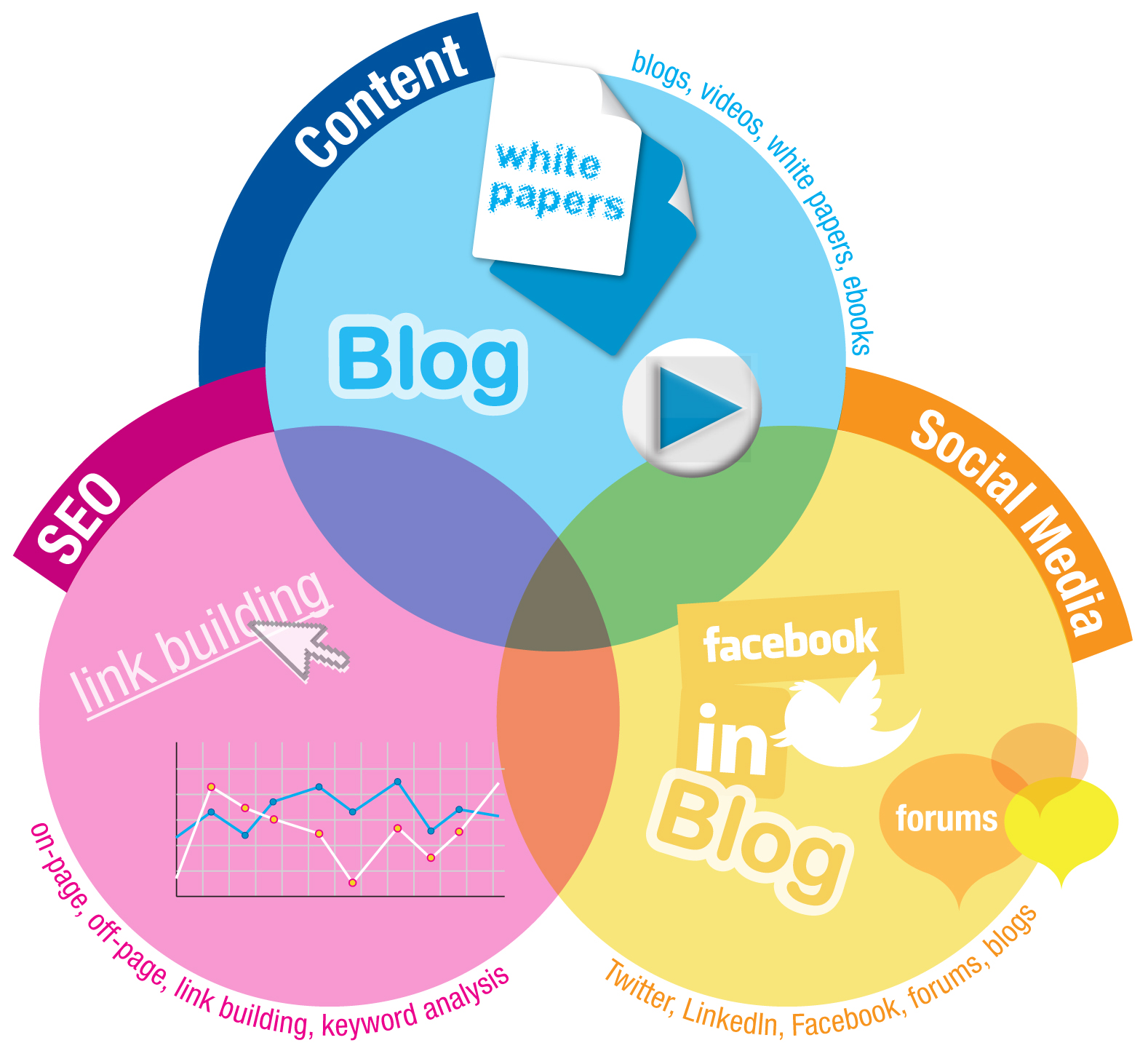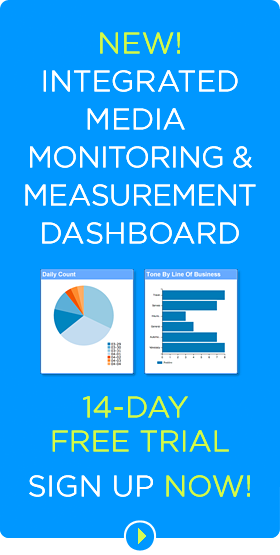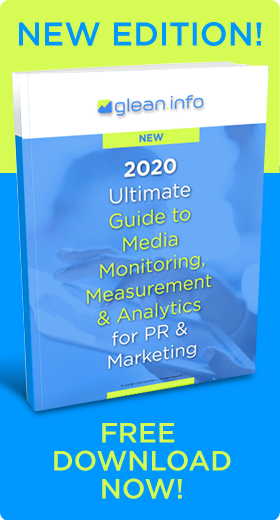
Image credit: Gavin Llewellyn
There fourths of all marketers worldwide prioritize inbound marketing over outbound, regardless of company size or type or whether they are B2B, B2C, or non-profit, according to HubSpot’s new 2015 State of Inbound report.
“This goes to show that inbound marketing is no longer an ‘emerging trend.’ It is the go-to strategy for most professional marketers,” commented Justin Lambert, a content developer at Sprout.There fourths of all marketers worldwide prioritize inbound marketing over outbound, regardless of company size or type or whether they are B2B, B2C, or non-profit, according to HubSpot’s new 2015 State of Inbound report.
Wikipedia, the free online encyclopedia, differentiates inbound and outbound marketing as follows: “Inbound marketing is promoting a company through blogs, podcasts, video, eBooks, enewsletters, whitepapers, SEO, physical products, social media marketing, and other forms of content marketing which serve to attract customers through the different stages of the purchase funnel. In contrast, buying attention, cold-calling, direct paper mail, radio, TV advertisements, sales flyers, spam, telemarketing and traditional advertising are considered “outbound marketing.”
Inbound marketing refers to marketing activities that bring visitors in, rather than marketers having to go out to get prospects’ attention. Inbound marketing earns the attention of customers, makes the company easy to be found, and draws customers to the website by producing interesting content.
Inbound marketing also includes earned media generated by public relations.
Major Inbound Marketing Findings
These are some other main findings from the survey of almost 4,000 marketers in 150 countries.
- Companies are three times more likely to see higher ROI on inbound marketing campaigns than on outbound campaigns.
- Both inbound and outbound marketers rank advertising as the most over-rated marketing tactic, indicating substantial room for improvement for ads.
- Inbound is especially popular in smaller organizations that operate on limited budgets. Larger organizations dedicate half their efforts to inbound tactics and half to traditional outbound campaigns such as advertising and event marketing.
- Eighty-four percent of small businesses are predominantly using inbound marketing
- Lead generation and conversion are substantial challenges for marketers. Organizations can improve results significantly when marketing and sales work more closely together.
- Support for inbound practices rises at higher executive levels. Managers and senior managers favor outbound strategies. Inbound gains favor at the vice president level and is more preferred at the higher executive ranks.
More than half of all marketers with budgets over $25,000 saw a bump in funds since last year. Marketers with larger budgets to begin with, up to the $5 million, were more likely to receive more the following year.
The Power of Proving ROI
While marketers struggle to prove how their efforts improve ROI, those who can demonstrate positive ROI are nine times less likely to see a lower budget the following year and are more likely to win increased funding.
“This should be a no-brainer, but only recently have inbound marketers swallowed this bitter pill,” Sprout’s Lamert said. “In the case of both past success and past failure, many inbound budgets are still increasing. Of course, this doesn’t mean you’re allowed to fail over and over again. But leadership is coming to realize that inbound marketing is a long game.”
Respondents were 20% more likely to receive a higher budget in 2015 if ROI was tracked in the first place, and twice as likely to see an increased budget if that tracked ROI was shown to be higher than in 2014.
Respondents were nine times more likely to receive a lower budget if they failed to demonstrate a positive ROI.
Keys to Success
The State of Inbound reveals other common characteristics of successful marketers.
They launch a balanced attack. Organizations that saw an increase in ROI were more likely to employ both staff writers and guest contributors to create content.
They check their analytics frequently. They were approximately 20% more likely to check their marketing analytics three or more times per week.
They tend to use marketing automation software. Those using marketing automation software were unlikely to receive lower budgets. Marketers who were involved with sales software selection were 13% more likely to see a positive ROI, and 11% more likely to receive an increased budget.
Bottom Line: Inbound marketing has become the go-to strategy for a range of different types of organizations, surpassing advertising and other outbound tactics. However, demonstrating positive ROI remains challenge for many marketers. Those who can prove the connections are able to secure additional resources.
William J. Comcowich founded and served as CEO of CyberAlert LLC, the predecessor of Glean.info. He is currently serving as Interim CEO and member of the Board of Directors. Glean.info provides customized media monitoring, media measurement and analytics solutions across all types of traditional and social media.





Inbound marketing is all about your customers making an attempt to know your business or product better. Quality content still has takers and people actually go to great lengths in order to find content that makes a real difference to their lives.
Here is a infographic, which shows how to boost your sales with Inbound Marketing – http://www.orchestrate.com/resources/infographics/Inbound-Marketing-Infographic.jpg